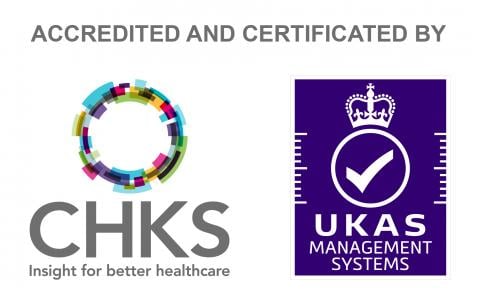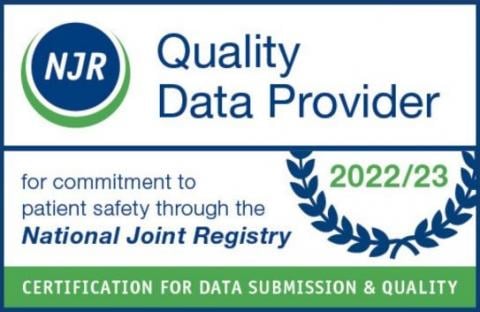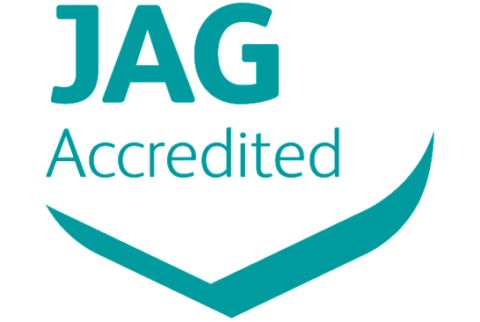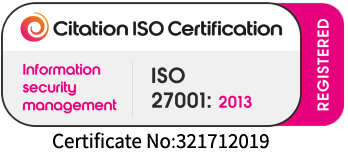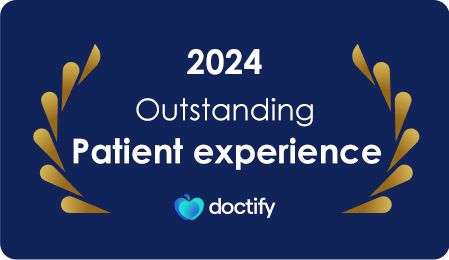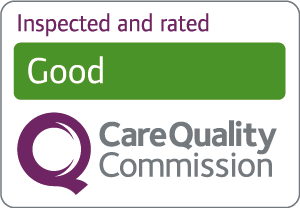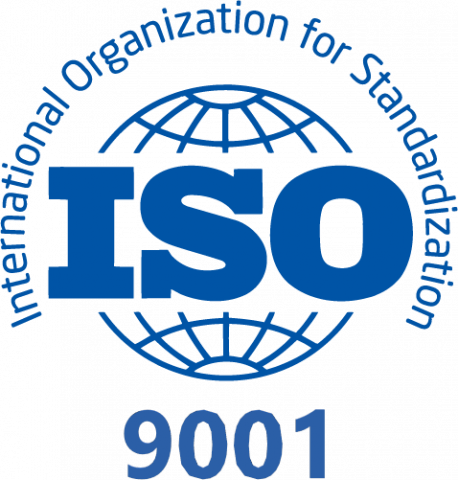
Glaucoma (the silent thief of sight) is one of the leading causes of blindness in the UK. The predominant type of glaucoma in the UK is primary open angle glaucoma, which is associated with a number of risk factors including a positive family history, myopia (short sightedness), a thin central corneal thickness (CCT) and high intraocular pressure (IOP).
New leaps forward in technology have led to the development of high resolution Optical Coherence Tomography (OCT) scanners able to visualise and quantify the thickness of these thinning layers in the retina and detect glaucoma before any visual loss occurs. These scanners are now common place in eye units around the country and many high street optometry practices.
Early detection will lead to earlier treatment of the disease and in many cases prevent glaucoma from developing. The mainstay of treatment to date has been eye drops but with difficulties in applying and side effects including discomfort, redness, dry eye symptoms and systemic problems there has been a need to develop drop free alternatives. These minimally invasive glaucoma procedures are re-writing the treatment rule book in modern glaucoma management.
Three treatment modalities are standing ahead of the crowd as being able to offer real drop free solutions:
1. SLT laser based treatment is a low energy, diffuse laser beam which is used to stimulate the natural drainage outlet (trabecular meshwork) of the eye. It takes around 2-5 mins to apply and is painless with no visual downtime.
2. iStents are the world’s smallest implantable device. They are a tiny titanium tube just 1mm in length and are applied through tiny incisions in the cornea into the trabecular meshwork. They can be applied at the time of cataract surgery or independently taking on average around 10-15 minutes under local anaesthetic.
3. Xengel stents are flexible fine collagen tubes which are also applied through very small incisions in the cornea and divert the fluid from the anterior chamber to the subconjunctival space. They can be applied with cataract surgery or independently taking on average 10-15 mins to apply under local anaesthetic.
With advances in technology we are now able to offer our patients tailor made treatment solutions which don’t always mean life-long eye drops.
Mr Thomas Kersey is a Consultant Ophthalmologist at New Victoria Hospital
